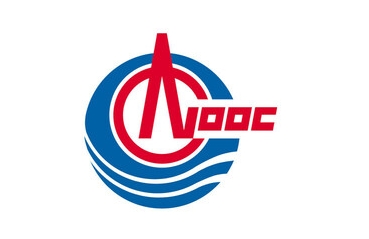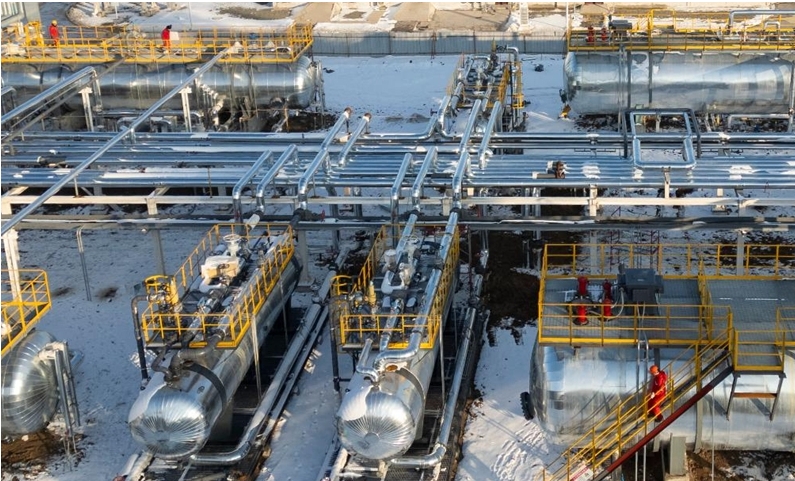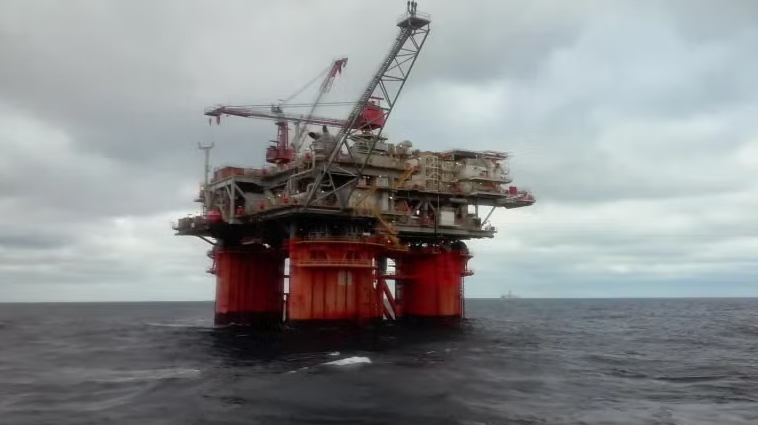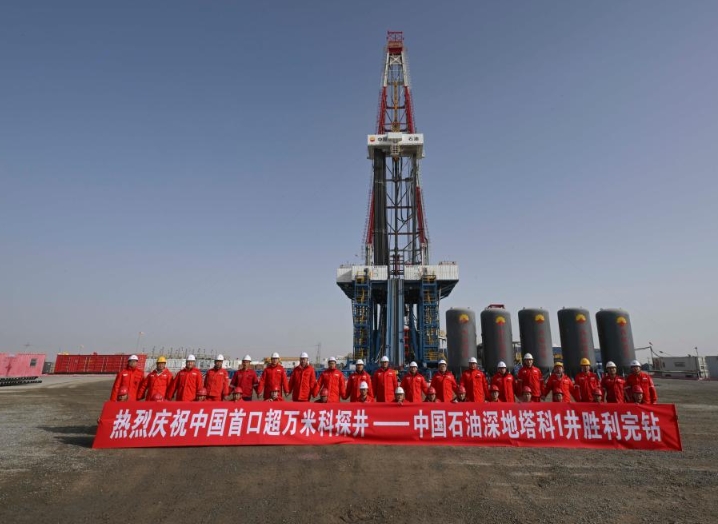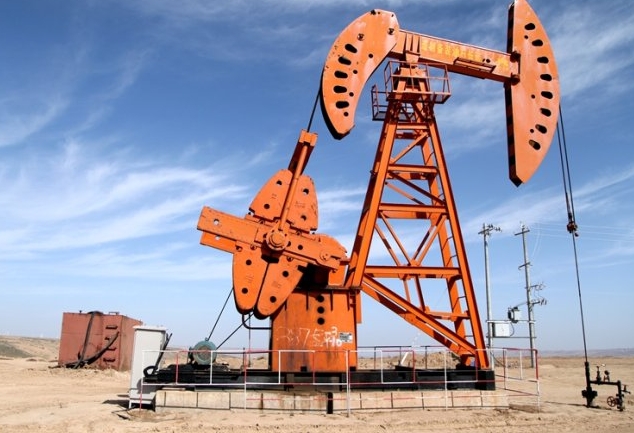
Vortex Energy has located a minimum of two structures for halite exploration.
The exploration stage company and its contracted consultant partners completed an analysis of the 2D seismic interpretation on the Robinsons River Salt Project in Stephenville, Newfoundland, Canada, locating a minimum of two salt structures deemed suitable for hydrogen storage. More specifically, the salt structures show potential for halite exploration (the mineral form of sodium chloride), making them prospectively suitable for hydrogen salt dome cavern development.
The salt domes are natural formations with “exceptional geological characteristics”.
According to a recent Vortex Energy news release about the potential hydrogen storage finding, the slat domes that have been located on Canada’s east coast have been “identified as natural formation with exceptional geological characteristics.”
The discovery made by Vortex Energy and its partners is considered to be quite significant due to the unique structure and composition of the salt domes. Their structure and composition make them ideal for safely and efficiently storing large amounts of hydrogen gas, as salt caverns with a storage volume of over 2 million m3 per cavern can be developed.
What’s more, their significance in fostering the advancement of the H2 economy is further bolstered because the domes are located near major industrial centers and potential hydrogen production sites.
The discovery is expected to provide a viable and sustainable solution for hydrogen storage and transportation.
“We are incredibly excited to have two potential salt structures that are suitable for halite exploration, which can potentially be developed into hydrogen salt caverns,” said Vortex Energy CEO Paul Sparkes.
The CEO explained that as the demand for hydrogen as a clean fuel for transportation, industrial processes and other various applications increases, having reliable hydrogen storage facilities available becomes top priority.
The domes will function as “strategic hubs”.
“These types of salt domes will act as strategic hubs,” added Sparkes. They will facilitate the distribution of H2 across the east coast, “enabling its use in diverse sections, thereby reducing greenhouse gas emissions and fostering sustainable economic growth.”
Now that the company’s seismic and gravity surveys have located major salt structures suitable for hydrogen storage, Vortex will turn its attention to drill targeting to advance its exploration on the property.
